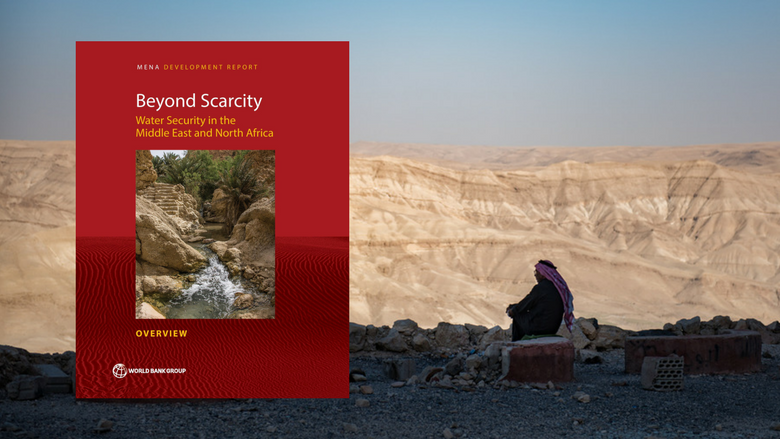The Iraqi economy is facing severe challenges. The decline in oil prices in 2015 and 2016 and the ISIS insurgency have contributed to a sharp deterioration of economic activity and has rapidly increased the fiscal and current account deficits. Macroeconomic risks remain elevated due to Iraq’s exposure to a volatile oil market. But the medium-term outlook seems more favorable.
The double shock has severely dented growth, diverted resources away from productive investment, and increased poverty, vulnerability and unemployment. Private consumption and investment remain subdued due to an unstable security and political situation, and a poor business environment.
The non-oil economy contracted by almost 14 percent in 2015 following a 5 percent fall in 2014. After slowing at 0.1 percent in 2014, Iraq’s economy grew by 2.9 percent in 2015 on the back of a 19 percent increase in oil production, as the vast majority of Iraq's oil fields are beyond ISIS’ reach. Growth in 2016 is expected to rebound to 11.0 percent, sustained by a further increase in oil production, but non-oil GDP is expected to further contract by 8.1 percent, due to low demand driven by continued fiscal consolidation and remaining insecurity. Inflation rate is expected to remain low at 0.4 percent in 2016, with the government subsidizing electricity, food and fuel, but is likely underestimated in ISIS-occupied areas.
The shocks have also undermined fiscal and external balances in 2015 and 2016. Despite the government’s efforts to prioritize expenditure, low oil revenue coupled with high humanitarian relief and security spending have rapidly widened the budget deficit, which reached 13.5 percent of GDP in 2015.
The current account marked a deficit of 6.1 percent of GDP in 2015, down from a surplus of 2.7 percent of GDP in 2014. Due to persistent low oil export prices in 2016, the fiscal deficit is estimated at 12 percent of GDP in 2016. Weak oil exports and large imports needed to develop the oil infrastructure further widened the current account deficit to 7 percent of GDP in 2016.
Given Iraq’s severe challenges and substantial financing needs, the IMF approved a three year Stand-By Arrangement in July 2016, for US$5.34 billion. In parallel, the World Bank launched a series of three Development Policy Financing programs to span three years, the first (US$1.2 billion) delivered in December 2015, the second, amounting to US$1.44 billion approved in December 2016, (including US$443 million guaranteed by the governments of the U.K. And Canada) and the third is expected to be approved by December 2017. On July 20, 2016, a donor conference co-hosted by the US Government pledged a total of US$2.1 billion for 2016-2018, with the aim of securing financial support for Iraq’s humanitarian crisis.
Iraq continues facing severe security challenges. Casualty figures remain large, reaching 16,360 in 2016. The widespread insecurity since 2014 has created a major humanitarian crisis with 10 million people in need and over 3 million IDPs. The standard of living has deteriorated and a noticeable share of the population has fallen into poverty or is extremely vulnerable to falling into poverty. Poverty, as estimated by the Iraqi government, reached 22.5 percent in 2014 nationwide; and in the ISIS-affected governorates, the direct impact of economic, social and security disruptions are estimated to have doubled poverty rates to 41.2 percent.
Last Updated: Apr 01, 2017







